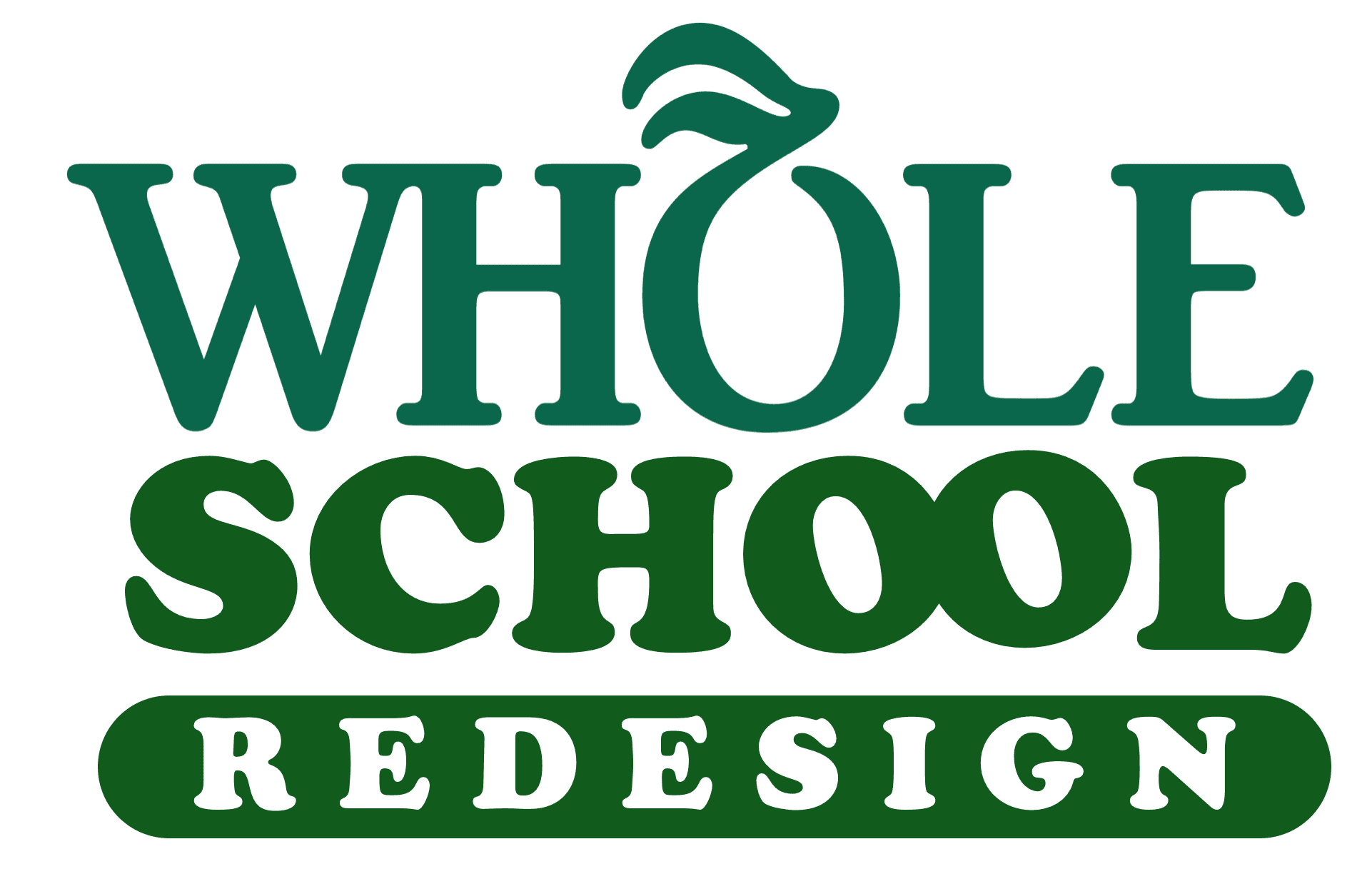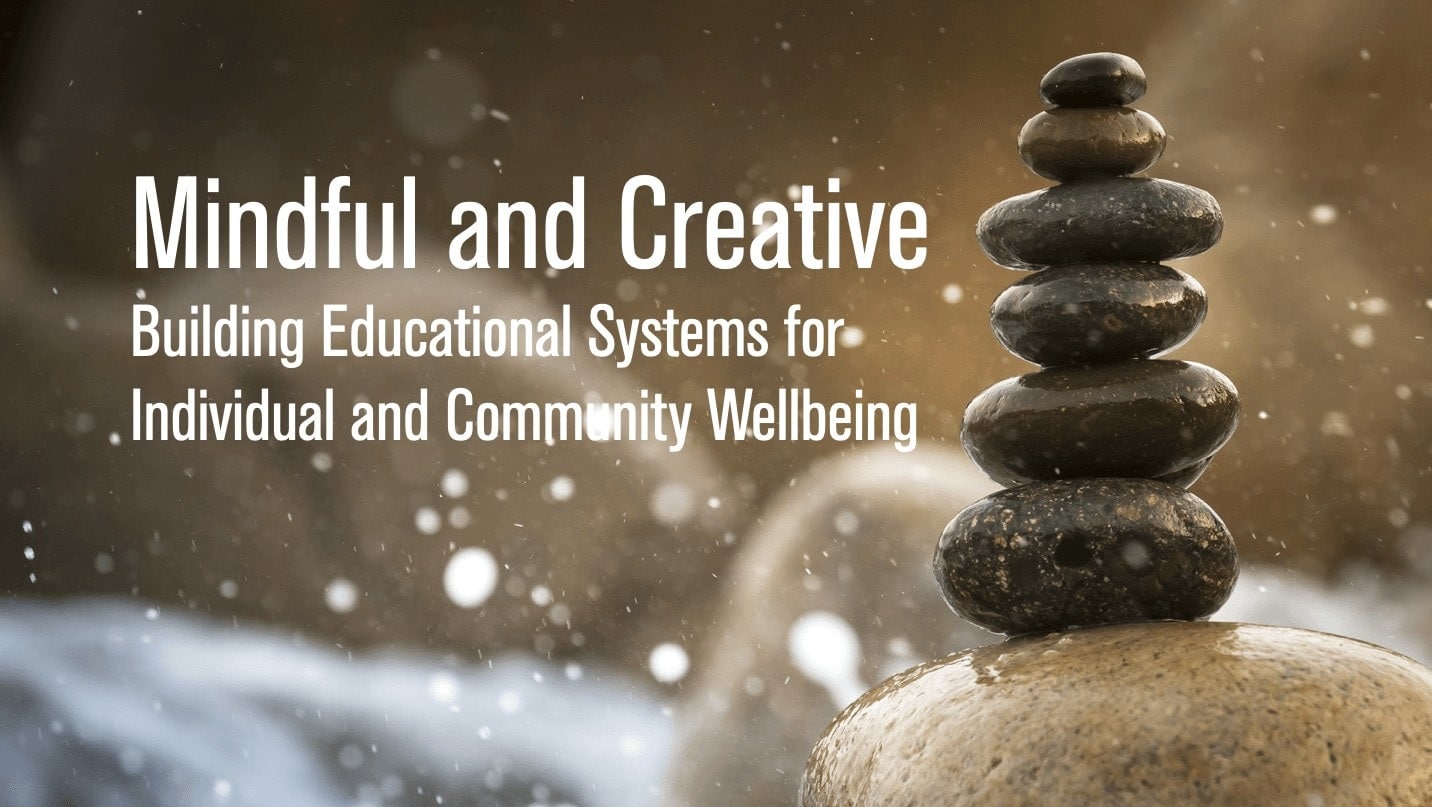Those who cannot remember the past are condemned to repeat it. — George Santayana (1905, p. 284)
The Atlantic has an article titled “Why tech still hasn’t solved education’s problems” focusing on the failed promise of MOOCs and asks the question
Why has the promised boom in educational technology failed to appear—and why was the technology that did appear not very good?
And my response to that question is … here we go again!!!
The history of ed tech is littered with stories of how the advent of a new technology (and its potential for learning) leads to a significant level of hype about how it would transform education and then when these extravagant promises were not met, leading to an inevitable conclusion of the uselessness of all technology.
I have written about this so often that I don’t even know where to start. But again that has never stopped me!
Starting with MOOCs. I watched with horror the crazy hype that came with MOOCs. The naivety of the proponents of MOOCs about education and then watching the manner in which these ideas spread and became received wisdom was worrisome. How was a MOOC different from a library (or a video library)? Clearly libraries are important tools for education and learning but they haven’t supplanted schools and there are many reasons for that. To see, seeming intelligent people, completely misunderstand the complexities of teaching and learning, and chase the MOOC dream seemed like an absurdist dream come to life.
To see how this has played out over and over again please see my post titled “The more things change…” and my article
Mishra, P., Koehler, M. J., & Kereluik, K. (2009). The song remains the same: Looking Back to the Future of Educational Technology. TechTrends, 53, 5. p. 48-53.
To avoid repeating myself I am going to cut and paste some text from the article itself. We begin the article with a quote
Today the world of the learner is almost unbounded. He [sic] must acquire facts relating to a bewildering variety of places and things; he must acquire appreciations of far-reaching interrelationships. The curriculum and methods of teaching must undergo a continuous appraisal. New subject matter and new devices for instruction are being scrutinized for their potential contributions to the learning process.
What is interesting about this quote is not what it says but rather when it was written. This statement is not referring to the “net generation” or to the first “computer generation.” This statement was written in 1933! It is interesting to note just how well this statement resonates even today…
Throughout history new technologies are hailed as the “next, best thing.” Understandably, these changes also bring promises to revolutionize society, including education. In 1933, the technological revolution that excited Frederick Devereux enough to write the quotation at the start of this essay (Devereaux, 1933, p. 1) was the “talking picture.” He believed that “the introduction of the use of the talking picture into education may prove to be an event as epochal as the application of the principle of the wheel to transportation or the application of steam power to the industrial age” (Devereux, p.101).
Devereux is not alone in proclaiming revolutionary changes in education resulting from technological advances. Clearly similar arguments have been made for other technologies as well (see Reiser, 2007 for a good review of the history of educational technology). The overhead projector was “opening new doors for teaching science” (Schultz, 1965) by offering new ways to present information to students with new technology. Edison thought that movies would mean the death of textbooks… Others claim that networking technologies will make “men into bandwidth angels,” that will allow us to fly, “beyond the fuzzy electrons and frozen pathways of the microcosm to boundless realm…” (Gilder, 2008).
[We argue that one of the key reasons why technologies have not matched their hype is because]…. most innovations have focused inordinately on the technology rather than more fundamental issues of how to approach teaching subject matter with these technologies. We believe that as educators we need to develop flexible (and robust) frameworks of knowledge that are not dependent on the specific affordances of a particular technology but rather connect to powerful ideas about teaching and learning.
To close, what is already a long blog-post, let me end with something written by Jim Ptaszynski, Senior Director, World Wide Higher Education Strategy at Microsoft. In a blog post titled (Solving education problems with technology — do we have the right perspective?) related to the same Atlantic article he says:
So I agree with the basic arguments of the article that 1.) MOOCs were way over sold, and 2.) traditional universities (or schools) are not going away because of MOOCs or technology. I would add a third of my own – technology is, and always has been, a tool that provides new affordances. The right question is not how it can be used to replace all that has come before it but rather, how it can be used to augment, enhance and extend the “traditional” practices that still work. This is where our PD offerings come in. Not to transform education and make educators or their institutions less relevant. But rather, to help educators solve some of the most vexing problems facing the industry with capabilities provided by technology.
Why this is important is because Jim head’s Microsoft’s TEI project (something I have been involved with, as described in this blog post), the TEI project, smartly if you ask me, seeks the find the right balance between respecting the knowledge of the instructor and the manner in which new technologies can enhance the educational process. As Jim writes:
This is where one of the frameworks we use in TEI, TPACK, comes in. It provides guidance on helping educators find the appropriate “fit” between their selection of technology and pedagogy aligned to the content they are teaching.
All images created by Punya Mishra. Meme image at top of post created using https://imgflip.com/memegenerator









Dear Punya, it is a great post, thank you. This is a very common problem in the Turkish context as well. Teachers are too excited about technology and they try to catch up with it. But almost none of them talks about how to use these new tools or suggests ways of integrating them into teaching. Your post summarizes this current situation perfectly!
Great post Punya and great comments Sarah. Technology has such promise but we seem to keep repeating the same mistakes. I guess we have not choice but to keep working on it.
Punya and Jim,
Love this blog post!
Just yesterday I was on a conference call with the ISTE Teacher Ed Network (formerly SIGTE) leadership team, and we were discussing these same issues. I too have been at this a long time, but to hear relatively young faculty were bemoaning the fact that technology is not accepted in their institutions is disheartening. It’s not accepted in terms of not well integrated into the mainstream programs. In the eyes of many higher ed. institutions,K-12 administrators and ‘non-tech’ teachers, technology seems to be for techies and is totally separate from good instruction. In pre-service it’s addressed in many – most – programs as a separate course, but not included in content methods courses. Even my own position as chair of Instructional Technology is an enigma… there should not be a program in Instructional Technology… it should be integrated in all programs in all curriculum – not separate. So I too perpetuate the problem and perhaps stimulate the hype.
TPACK, TEI, Universal Design for Learning, are frameworks that acknowledge technology as a tool for enhancing learning. The adoption of these types of frameworks need more traction so that technology becomes and integral part of the instructional process. The success of technology depends on how it’s used – not of the technology itself. We’ve been saying that for years. When will technology become part of ‘traditional’ instruction? Until then, IMHO, it is doomed to failure.